And why it’s a gamechanger for the Boardroom.
The world is changing—and to avoid being left behind, boards must change with it.
As the global landscape becomes more complex, the responsibilities of boards are growing, and the issues they tackle are becoming thornier and more challenging. It’s becoming increasingly clear that our Directors cannot address tomorrow’s issues with yesterday’s tools.
We must start thinking about governance differently. Why? Because the survival of our organizations depends on it.
The problem
The role of the board has changed. Once a decision-making body with a limited scope and only answering to shareholders, the board’s role is no longer confined to oversight and occasional course corrections. With the rise of regulatory and legislative disclosure requirements, stakeholder capitalism, new technologies such as AI, and geo- and socio-economic and political movements, the board has
become a dynamic command center that must proactively manage these complex, interconnected issues.
As the role of the board swells, there is no longer room for short-term thinking. To balance emerging issues and the needs of a range of stakeholders—all while ensuring the ongoing success of core business operations—organizations need a dynamic system that will lay the foundation for long term growth. We need governance frameworks that think long-term, putting sustainability at the forefront for a resilient future.
That’s where sustainable governance comes in.
What is sustainable governance?
Sustainable Governance consists of the foundational system, culture, and principles enacted by the highest governing body, that considers environmental, social, and economic factors, to uphold, defend, and maintain decision-making, consistently over time, for the benefit and resiliency of the organization as well as the needs of its stakeholders.
Imagine sustainable governance as a comprehensive blueprint for the future — one that fortifies the organization against imminent risks such as cybersecurity threats or economic volatility, while also paving a path for ethical growth in the face of social matters and environmental challenges. This framework is not static; it is a living, breathing entity within the organization that evolves in anticipation
of stakeholder needs and environmental demands, ensuring the business is well-positioned to identify governance risks and adapt to unforeseen changes.
What can sustainable governance do for your organization?
No matter the age, size, or industry, integrating a modern, sustainable governance framework is key to securing the future of an organization. By establishing structures, systems, and practices that align with the company’s long-term goals, as well as metrics to measure success, companies can ensure ongoing value creation for years to come.
Sustainable governance can manifest itself in impactful ways. Some examples of practice may be:
- As the Board considers a new corporate strategic plan, in addition to the usual considerations such as financial, compliance, and technology, it also considers sustainability issues and how these may impact stakeholders and strategic priorities. This enables specific, measurable goals that includes actions for every department in the company, including tone from the top, making sure that there are no surprises for leadership and mitigates blue and green-washing risk.
- A close call with a cyber attack, a board creates a long-term plan for board member education to ensure that everyone is up-to-date on current technological opportunities, terminology, and possible risks. Once board members are educated on the issues, they are able to take steps to address future cyber attacks, and take advantage of new technologies for the benefit of the organization.
- To ensure that the organization benefits from a diversity of perspectives and backgrounds within the company in the future, as well as the growth and retention of a new generation of talent within the organization, a company adds a Chief Human Resources Officer to its board and creates a People and Operations committee. It also sets EDI goals and ensures that the committee is held accountable to these goals.
- The board has a means to identify its inherent and emerging governance risks which feed into the enterprise risk management framework and helps the board build accountability frameworks to address issues such as modern slavery. This signals to investors and rating firms the organization’s commitment to governance, strengthening share price, trust and reputation.
These examples are just the beginning. Sustainable governance looks differently within each company, recognizing that businesses and industries have varied needs, challenges, and opportunities. Crafting a bespoke governance framework which accommodate these nuances is where true long-term resilience emerges. In a nutshell, a sustainable governance framework that makes sense for your unique organization. To build long-term resilience, organizations should understand how present and emergent challenges will impact operations, prompting a holistic approach that scales from the boardroom to every facet of the organization and leverage its ecosystem in a way that makes sense.
How can companies implement sustainable governance?
Sustainable governance is about more than individual conversations or actions in the boardroom. To meaningfully implement it in your organization, your board must be prepared to fundamentally change how it functions and commits to a new, modern governance framework that incorporates innovative processes and best practices.
Sustainable governance isn’t a buzzword or fad to us. It’s all that we do. At BIG, we specialize in building modern, sustainable governance and accountability frameworks that are as unique as the companies we serve. We work like this because we know that sustainability is the key to the future of governance.
If you’re prepared to make the leap, we can’t wait to meet you. Contact us today to discuss how to get started.



